Period High Renaissance | Notable work Monna Vanna | |
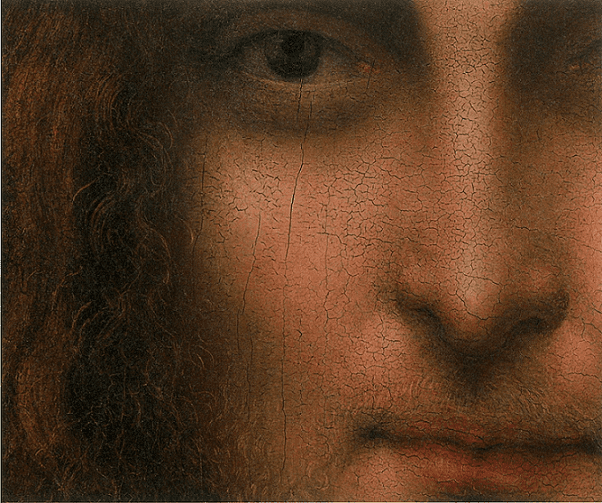 | ||
Full Name Gian Giacomo Caprotti da Oreno Spouse(s) Bianca Coldiroli d’Annono Similar | ||
Gian Giacomo Caprotti da Oreno, better known as Salaì ("The Devil", lit. "The little unclean one") (1480 – before 10 March 1524), was an Italian artist and pupil of Leonardo da Vinci from 1490 to 1518. Salaì entered Leonardo's household at the age of ten. He created paintings under the name of Andrea Salai. He was described as one of Leonardo's students and lifelong servant and is thought by some to be the model for Leonardo's St. John the Baptist and Bacchus.
Contents
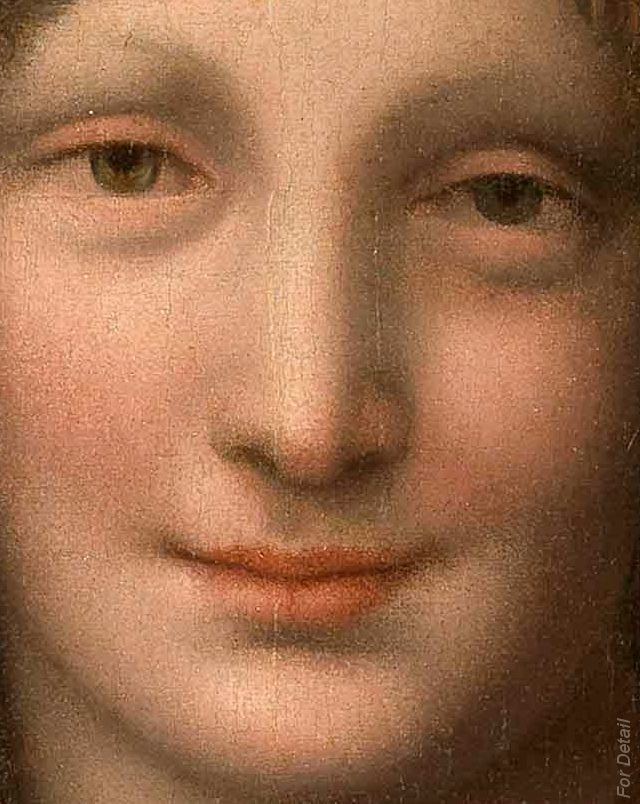
Life
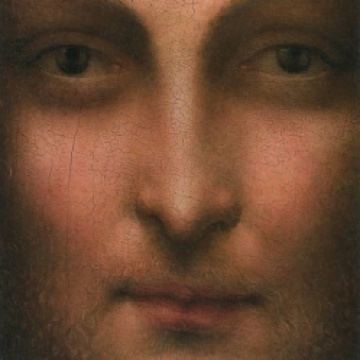
Salaì was born in 1480 as son of Pietro di Giovanni, a tenant of Leonardo's vineyard near the Porta Vercellina, Milan. He joined Leonardo's household at the age of ten as an assistant. Vasari describes Salaì as "a graceful and beautiful youth with curly hair, in which Leonardo greatly delighted". Although Leonardo described him as "a liar, a thief, stubborn and a glutton" and he stole from Leonardo on at least five occasions, he kept him in his household for more than 25 years, in which he trained as an artist. Salaì became a capable, although not very impressive, painter, who created several works, including the Monna Vanna, a nude version of the Mona Lisa which may be based on a lost nude by Leonardo. Leonardo is thought to have used Salaì as the model for several of his works, specifically St. John the Baptist.
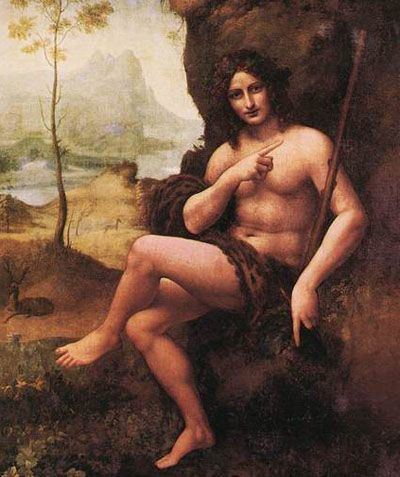
During Leonardo's second stay in Milan, he took another young pupil, Francesco Melzi. Unlike Salaì, Francesco was a son of a nobleman. When Leonardo traveled to Rome in 1513 and to France in 1516, Salaì and Melzi both accompanied him. As an adult, Melzi became secretary and main assistant of Leonardo, and undertook to prepare Leonardo's writings for publication. Vasari says that Melzi "at the time of Leonardo was a very beautiful and very much loved young man". In France, Francesco Melzi was greeted as "Italian gentleman living with master Leonardo" and granted donation of 400 ecus, while Salaì, already over 40 years old, was described as "servant" and granted a one time donation of 100 ecus. Salaì left Leonardo and France in 1518. He later returned to Milan to work on Leonardo's vineyard, previously worked by Salaì's father, which was granted to him by Leonardo's will.

Salaì married Bianca Coldiroli d'Annono on June 14, 1523, at the age of 43. Salaì died in 1524 as a result of a wound received from a crossbow in a duel and was buried in Milan on 10 March 1524.
Salaì's sexuality
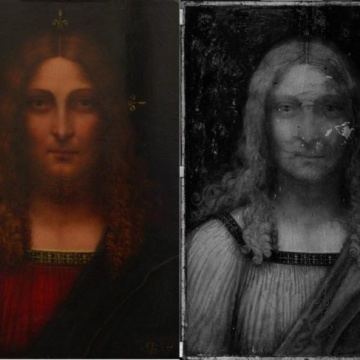
A number of drawings among the works of Leonardo and his pupils make reference to Salaì's sexuality. There is a drawing modelled on Leonardo's painting John the Baptist and called The Angel Incarnate, of a young man nude with an erect phallus, and appearing to represent Salaì. The face of the figure is closer to Salaì's copy of Leonardo's painting, than to the original John the Baptist in the Louvre. It may have been drawn by Salaì himself. A folio by Leonardo includes a page of drawings by a hand other than Leonardo's, one of which is a crudely drawn sketch depicting an anus, identified as "Salaì's bum", pursued by penises on legs.
Speculation

A group of Italian researchers has claimed that Salaì was the model for the Mona Lisa, noting the similarity in some of the facial features, particularly the nose and mouth, to those in which Salaì is thought to have been the model. These claims have been disputed by the Louvre. Also, it is commonly believed that upon Leonardo's death in 1519, Salaì inherited several paintings including the Mona Lisa as well as half a vineyard. Through his estate, many of those works, notably the Mona Lisa, passed into the possession of Francis I of France.
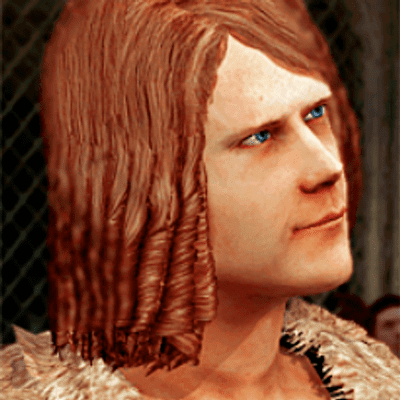
However, all personal belongings, paintings, drawings and notes were granted to Francesco Melzi by Leonardo's will. A theory suggests paintings in Salaì's possession were merely copies, done by Giacomo himself. As a strong argument, a copy of Mona Lisa in Prado, Madrid, few copies of Virgin and St Anne and a copy of St John the Baptist in Milan are ascribed to Salaì.
